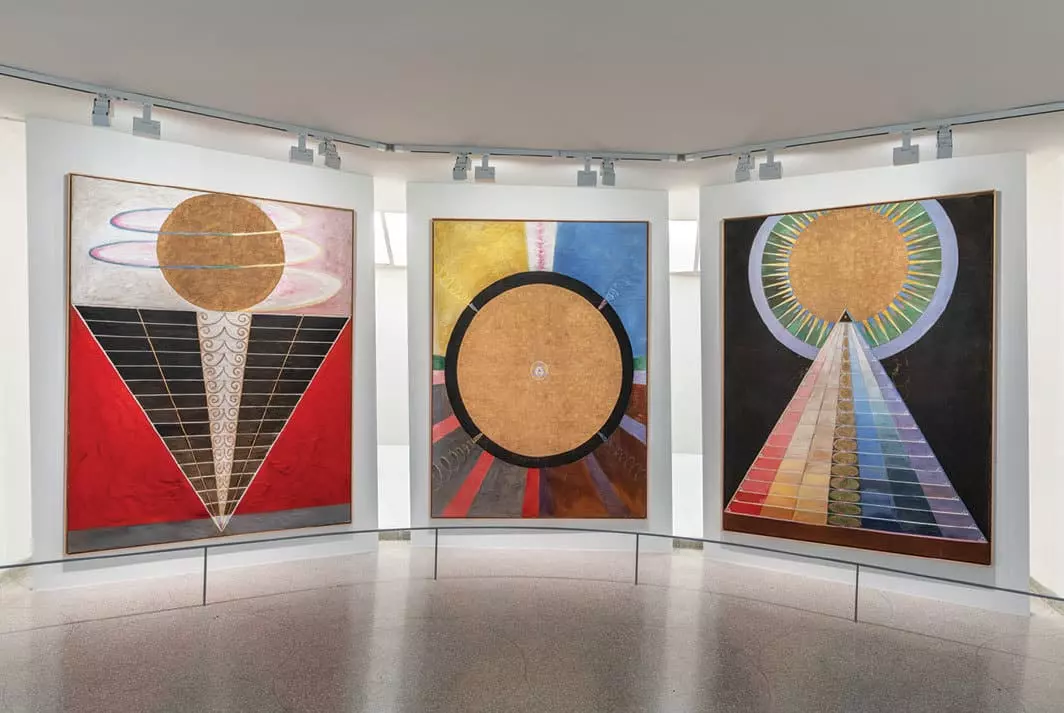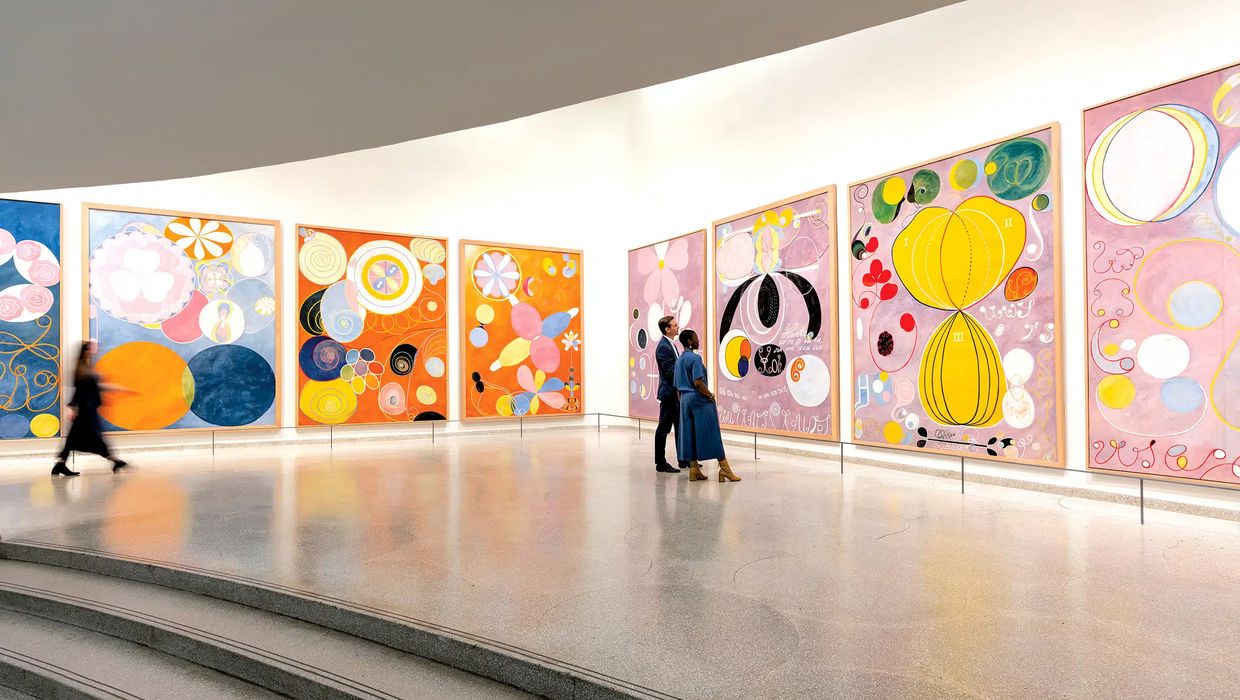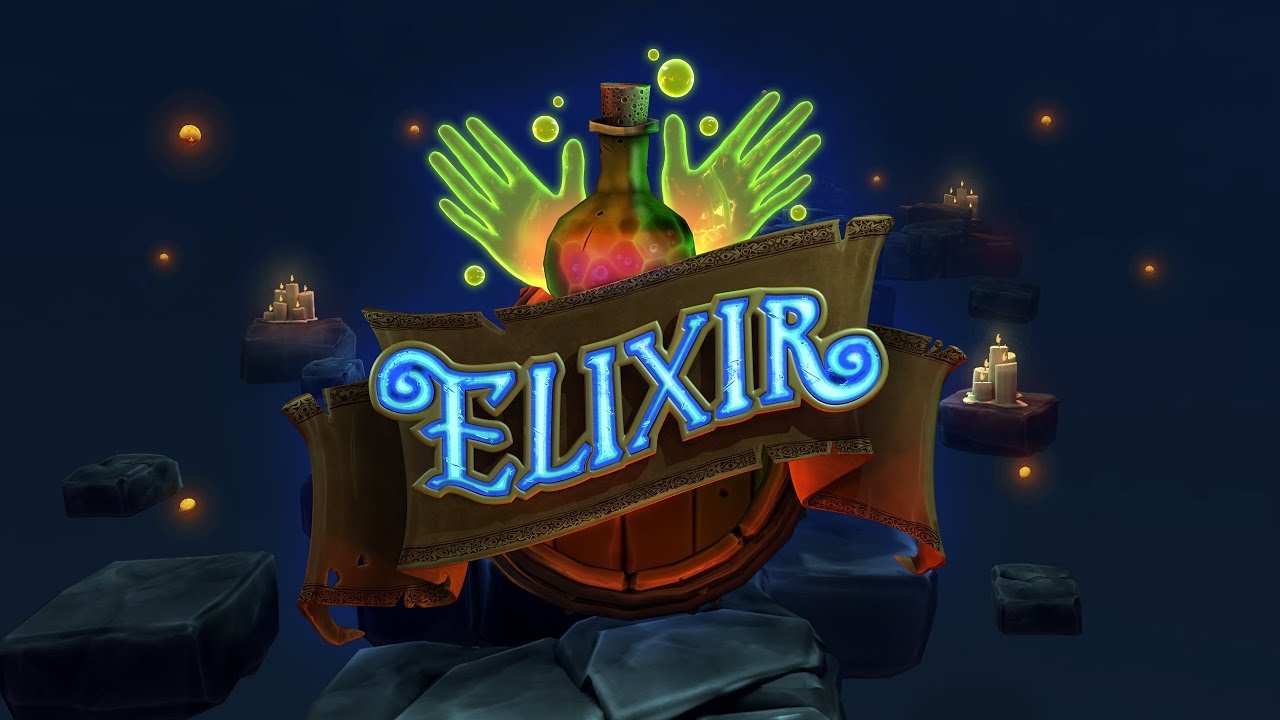Swedish artist Hilma af Klint’s Foundation erupted in a huge protest when the late artiste’s artwork sold as NFTs on the GODA marketplace. Digital art firm Acute Art and Stolpe Publishing uploaded more than 160 Hilma af Klint artworks as nonfungible tokens (NFTs). These artworks are a part of Hilma’s “Paintings For The Temple” series.
Why are the ethics of NFTs put into question with this sale?
Hilma af Klint NFTs: What Happened?
Earlier in November, Hilma af Klint’s paintings from her “Paintings For The Temple” series were put on sale as nonfungible tokens on Pharrell Williams’s GODA marketplace. In response to this issue, the Hilma af Klint foundation posted a Twitter thread that questioned the ethics of the move.
They said that this goes against the statutes of the foundation. Moreover, they stated that the 193 paintings put for sale were not on sale at all. They added that the Hilma af Klint Foundation is not the entity selling the paintings.
The official NFT sale features 162 paintings, with the rest 31 held privately for non-commercial purposes. The granddaughter of Erik af Klint (the artist’s nephew), Hedvig Ersman, took strong opposition to the proceedings.
In an interview, she said that Hilma saw the paintings as part of one set. Furthermore, she said that the paintings were never meant for people to have on display. Thus, the very act of selling these nonfungible tokens (NFTs), according to Ersman, goes against the artist’s spirit and being.
These paintings are available as a set from Hilma af Klint’s “Paintings For The Temple”.

Was This Hilma af Klint NFTs Sale Unethical?
Simon Hohn of Stolpe Publishing alleged that the purpose of the NFT series was to:
“Secure the paintings digitally for the future regarding color representation, size, and with their proper titles.”
Both Stolpe Publishing and Acute Art managed to sell these NFTs since the artwork was available in the public domain. The CEO of the Hilma af Klint Foundation, Jessica Höglund, commented:
“The Foundation is not in [a] position to either permit or oppose third party reproductions of Hilma af Klint’s work (irrespective of whether such reproductions are posters or NFTs).”
However, the question remains, is this the ethically right thing to do? The fact that the publishers never reached out to the foundation, or ask for any permission to host these paintings, makes it a serious issue. In a space that is currently faltering with bad actors, extra unethical moves might not be the solution.
About The Artist
Hilma Af Klint (1862 – 1906) started work on the incredible “Paintings for the Temple” set in 1906. These paintings represent a pivotal moment in art history. They formed part of the first-of-its-kind abstract, nonrepresentational artwork, using simple shapes and uplifting colors.
Notably, Hilma af Klint was a devout follower of Theosophy and spiritualism. A belief system that made its way to the art that she produced. The paintings were nearly mystical to the Artist. That is why she insisted that they remain away from view for 20 years after her death.





